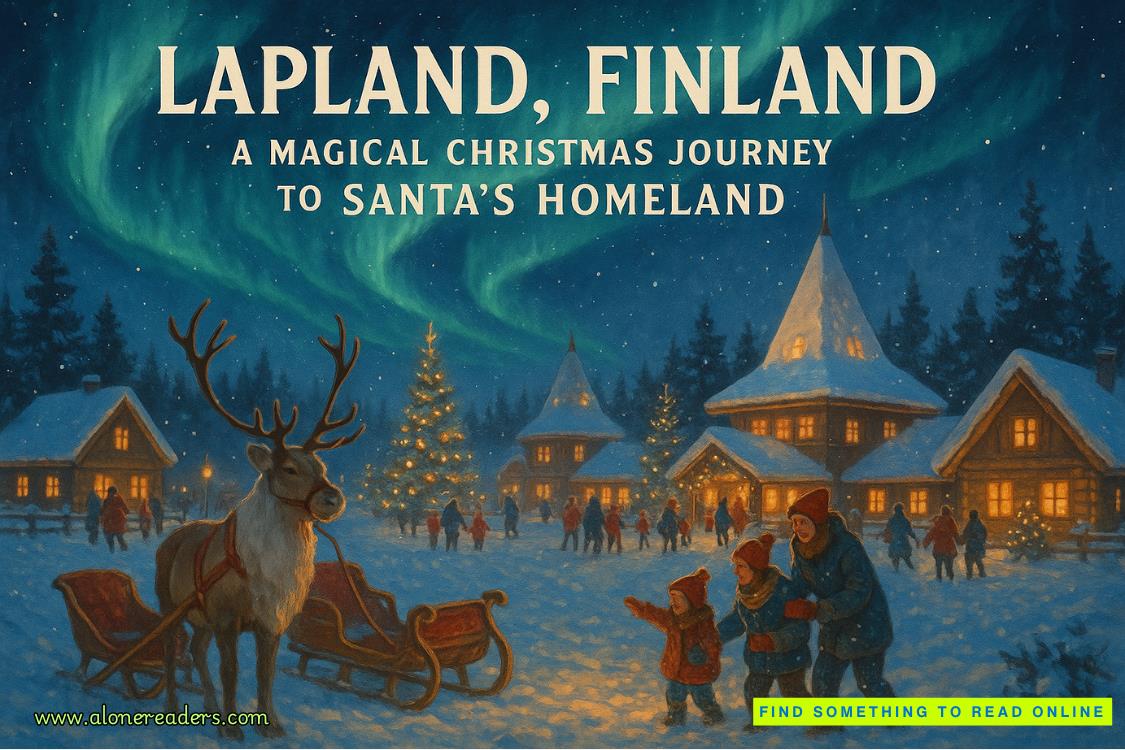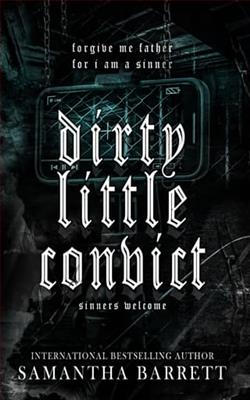Page 70 of Dead Mountain
Skip noticed he was the only one wearing handcuffs. “Wait a minute! I didn’t start the fight. I didn’t even throw a punch. Take these things off me!”
“This has nothing to do with a bar fight,” said the other deputy, who was busy writing something on a notepad.
“What, then?”
“Violation of conditions of release,” the deputy replied. He spoke in the slowest drawl Skip had ever heard. He was chewing gum, and perhaps that—combined with writing and speaking—was proving difficult.
“That’s crazy!” Skip said, struggling against the cuffs. “I didn’t violate anything. This is New Mexico!”
“That’s right,” said the first deputy, “but it ain’t your home county. Bail regulations state you can’t leave Santa Fe County—but here you are, hell and gone at the ass end of Torrance. But don’t worry—Sheriff Hawley’s on his way right now, and I bet he’ll take good care of a little lost lamb like you.”
The man laughed. But this time, only the other deputy joined in.
37
I’M LOOKING AT the photographs now,” said Evan Gross, his face looming in the Zoom window on Corrie’s computer. Corrie could see the avalanche expert seated at his desk in his sunny Colorado office, with a view of snowy peaks through the window behind him.
Once Sharp had given her the green light to talk to an avalanche expert, she thought it might be difficult to find someone truly knowledgeable in such a field. It turned out to be surprisingly easy: the University of Colorado had arguably the finest experts on avalanches in the world, and Dr. Gross headed the list. He’d been willing to talk to her—in fact, happy to do so. It seemed that, unlike politicians, scientists were eager to talk about the nuances of their work.
Via the Zoom window on her computer, Corrie could see that the photographs she had emailed him were spread out on his desk, along with the autopsies of the two crushed victims—Lynn Martinez and Luke Hightower. Gross was surprisingly young, with a long ponytail and beard, looking more like a ski bum than a PhD scientist. Perhaps he had been a ski bum—one who’d managed to turn his avocation into a successful career.
“It’s really very interesting,” he said, moving the photos around. “I haven’t had a problem quite this intriguing in a long time.”
“Dr. Gross, may I record this call?”
“Of course.”
“Could you please state your name and credentials for the record?”
“Sure. I’m Evan Gross, and I have a PhD in geosciences from the University of Colorado, where I’m now a research professor. My specialty is studying structure, transfer of mass, and movement of heat in snow.”
“Right,” said Corrie. “And this means you’re an expert in what areas?”
“Among other things, avalanche forecasting. Avalanches are all about snow structure and mass transfer.”
“Thank you.” Corrie felt a twinge of anticipation. The mystery of the two crushed bodies had tripped up Gold in the initial investigation and added fuel to the plethora of conspiracy theories about UFOs, Yeti attacks, secret weapons, and the rest. Gold had hired someone, too—someone who concluded an avalanche wasn’t possible on the slope where the two crushed victims were found. Whether or not that was the case, his investigation had not been able to determine what exactly had happened to the two victims.
“Let’s start with the autopsies you sent me,” said Gross. “I’m not a medical doctor, but I have a lot of experience in avalanche fatalities and body recoveries. The first victim had a chest fracture so extreme—severe flail chest—that it caused fatal trauma to the heart. The second, in addition to chest trauma, suffered a skull fracture so drastic that it drove cranial splinters into the brain. Both injuries were immediately fatal.”
“Yet whatever happened to them didn’t break the skin,” Corrie said. “It’s bizarre.”
“Not really. These injuries are not atypical for avalanche victims.”
“But there was no evidence of an avalanche.”
“Yes! You’re quite correct. That’s because there wasn’t an avalanche. The slope is too shallow, and the area too close to the ridgeline. These pictures tell another story entirely—a tragic one.”
He began shuffling through the photographs he’d printed. “Here are the bodies as they were found by the searchers.” He held up an image Corrie immediately recognized, showing the two bodies lying facedown in the creek, crossways, one on top of the other—Hightower below, Martinez on top.
“You can see they’re lying in a shallow, rocky streambed, partly immersed in the water. Now, here’s a photo of what remains of the apparent snow cave they were building. You can see the fresh boughs they had cut, which they’d laid out on the floor. In this photo, they’re all churned up in the snow.”
“The previous investigators did conclude they were building a snow cave.”
“And they were right. The two victims burrowed into the snow on the lee side of a ridge. Unfortunately for them, they were tunneling into a cornice that was directly above a live stream. The snow was very deep in that area at the time—over twenty feet.”
“So early in the season? October 31?”
“Absolutely. Those cornices can develop very quickly in high winds and reach depths of fifty or more feet. What they didn’t realize was that the cave they were building sat right above the cavity formed by that stream. You see, that stream didn’t freeze in the winter—and the deep, insulating snow above was one of the reasons. Since the stream was always a few degrees warmer than freezing, however, a cavity was formed directly above its length.”















